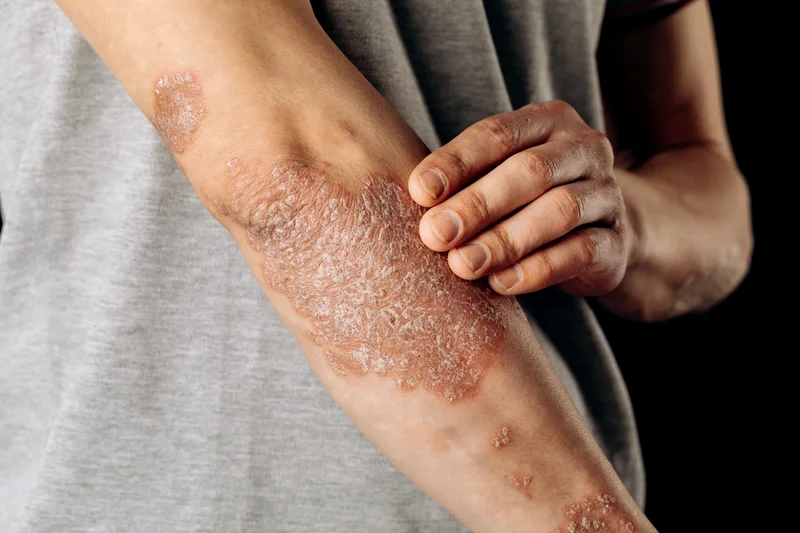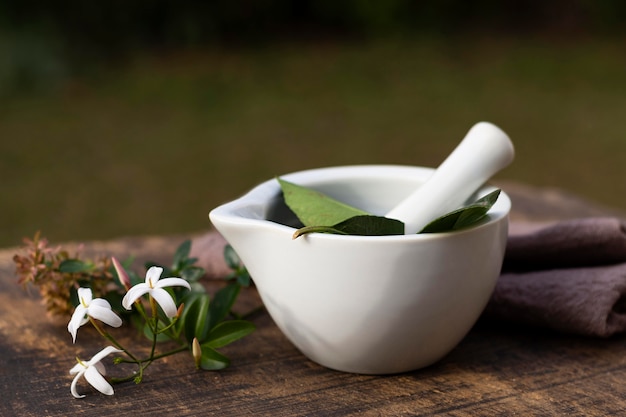Shop Now in Our Store
Kushta Chikitsa – Revitalizing Skin Health with Ayurveda

Introduction to Kushta Chikitsa
Kushta Chikitsa is a comprehensive Ayurvedic treatment focused on addressing skin disorders through natural healing methods. Rooted in centuries-old traditions, this therapeutic approach uses a combination of herbal remedies, dietary adjustments, and lifestyle modifications to restore doshic balance and rejuvenate skin health. By embracing Kushta Chikitsa, individuals can experience relief from conditions such as eczema, psoriasis, and acne while promoting overall well-being.
Historical Roots & Ayurvedic Significance
Deeply embedded in Ayurvedic practice, Kushta Chikitsa has been used for millennia to treat various skin ailments. Ancient texts detail the importance of harmonizing the body's doshas to prevent and manage skin disorders. This time-tested approach emphasizes detoxification, the use of potent herbs, and personalized treatment plans that cater to each individual's constitution (Prakriti), underlining its enduring relevance in holistic medicine.
Key Components & Therapeutic Benefits
1. Herbal Composition
Kushta Chikitsa utilizes a blend of powerful herbs known for their detoxifying and skin-healing properties. Common ingredients include:
- Neem (Azadirachta indica): Renowned for its antimicrobial and purifying qualities.
- Turmeric (Curcuma longa): A natural anti-inflammatory that promotes skin clarity.
- Manjistha (Rubia cordifolia): Supports blood purification and reduces skin inflammation.
- Aloe Vera (Aloe barbadensis): Soothes irritation and accelerates skin regeneration.
2. Dosha Balancing & Detoxification
By addressing imbalances in Pitta and Kapha doshas—often implicated in skin disorders—Kushta Chikitsa works to reduce inflammation and eliminate toxins (ama). This detoxifying process not only clears impurities from the blood but also helps restore the natural glow and health of the skin.
3. Holistic Therapies & Lifestyle Adjustments
Beyond herbal remedies, Kushta Chikitsa incorporates Panchakarma detoxification, specialized dietary plans, and stress management techniques. These complementary therapies work synergistically to enhance the skin’s healing process and maintain long-term balance within the body.
How Kushta Chikitsa Works: The Science Behind the Treatment
The effectiveness of Kushta Chikitsa lies in its ability to modulate the body’s inflammatory responses and stimulate natural detoxification. The bioactive compounds in its herbal components help regulate immune function, reduce oxidative stress, and soothe irritated skin. This comprehensive approach not only treats the visible symptoms of skin disorders but also targets the underlying imbalances, leading to sustained skin health and improved overall vitality.
Choosing the Right Ayurvedic Remedies & Guidance
For effective Kushta Chikitsa, it is essential to:
- Consult Certified Ayurvedic Practitioners: Personalized assessments ensure the treatment aligns with your unique constitution and specific skin concerns.
- Select High-Quality Herbal Formulations: Opt for remedies prepared with organically sourced ingredients to maximize efficacy.
- Follow a Holistic Plan: Combine herbal treatments with recommended dietary and lifestyle modifications for comprehensive care.
Recommended Dosage & How to Use Kushta Chikitsa
The regimen for Kushta Chikitsa is typically tailored to individual needs. In general:
- Dosage: Herbal formulations may be prescribed in the form of decoctions, powders, or tablets based on the practitioner’s guidance.
- Administration: These remedies are usually taken after meals or as directed to optimize digestion and absorption.
- Professional Guidance: Always adhere to the specific dosage and regimen advised by a qualified Ayurvedic expert to ensure safety and effectiveness.
Potential Side Effects & Precautions
While Kushta Chikitsa is generally safe when practiced correctly, consider the following:
- Individual Sensitivities: Some may experience mild digestive or skin reactions as the body detoxifies.
- Pregnancy & Nursing: Consultation with an Ayurvedic specialist is essential before starting any new treatment.
- Gradual Introduction: Begin with a lower dose to assess tolerance, and adjust as needed under professional supervision.
Conclusion & Expert Insights
Kushta Chikitsa represents a holistic approach to skin care that combines the wisdom of Ayurveda with modern therapeutic insights. By addressing both external symptoms and internal imbalances, this treatment offers a natural pathway to restore and maintain healthy skin. With the guidance of experienced practitioners, embracing Kushta Chikitsa can lead to lasting improvements in skin clarity, vitality, and overall health.
Frequently Asked Questions
What is Kushta Chikitsa?
Kushta Chikitsa is an Ayurvedic treatment specifically designed to address skin disorders. It utilizes natural herbs, detoxification techniques, and lifestyle modifications to restore skin health and balance the doshas.
How does Kushta Chikitsa work to improve skin health?
It works by detoxifying the body, balancing imbalanced doshas—particularly Pitta and Kapha—and reducing inflammation through the use of potent herbal remedies, ultimately leading to clearer and healthier skin.
Which skin conditions can be managed with Kushta Chikitsa?
This treatment is effective for various skin disorders, including eczema, psoriasis, acne, and other inflammatory conditions, by targeting both the symptoms and underlying causes.
What are the key herbal ingredients used in Kushta Chikitsa?
Common herbs include Neem for its purifying effects, Turmeric for reducing inflammation, Manjistha for blood purification, and Aloe Vera for soothing and healing the skin.
Can Kushta Chikitsa be combined with other treatments?
Yes, it can complement other Ayurvedic therapies such as Panchakarma detoxification and can be integrated with conventional treatments under professional supervision for enhanced outcomes.
How long does it take to see results from Kushta Chikitsa?
Results may vary based on individual conditions and adherence to the treatment regimen. Many patients notice gradual improvements in skin clarity and texture over several weeks with consistent practice.
Are there any side effects associated with Kushta Chikitsa?
While generally safe, some individuals may experience mild digestive or skin responses initially. It is important to consult an Ayurvedic practitioner for personalized guidance, especially if you have pre-existing health conditions.
References & Further Reading
- Sharma, P.V. (1995). Ayurvedic Healing: A Comprehensive Guide.
- Lad, V. (2002). Ayurveda: The Science of Self-Healing.
- National Institute of Ayurveda:
- Journal of Ayurveda and Integrative Medicine for detailed articles on Ayurvedic treatments and skin health.
This article is checked by the current qualified Dr Sujal Patil and can be considered a reliable source of information for users of the site.
Got any more questions?
Ask Ayurvedic doctor a question and get a consultation online on the problem of your concern in a free or paid mode.
More than 2,000 experienced doctors work and wait for your questions on our site and help users to solve their health problems every day.



